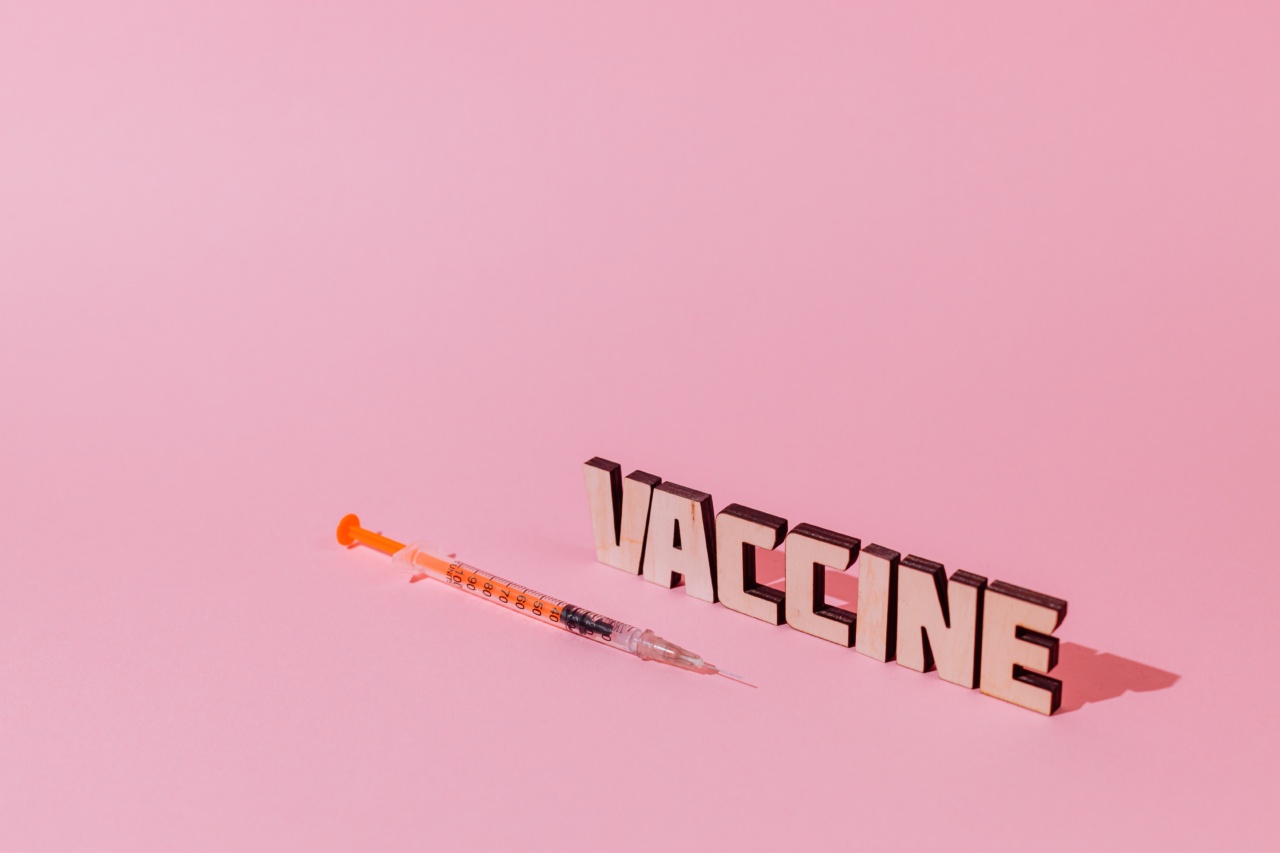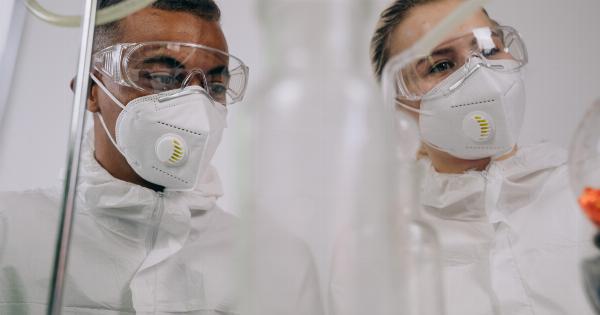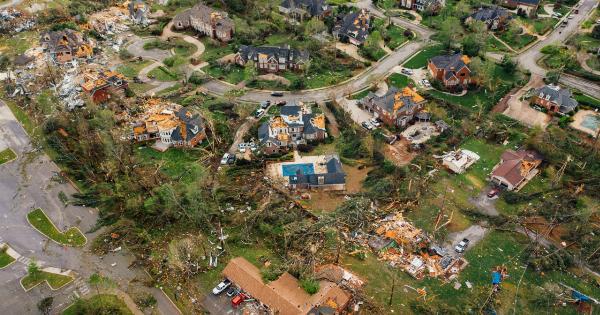The world is currently facing a severe health crisis as a deadly influenza virus, known as the H1 N1 combination virus, continues to spread rapidly. This novel strain is causing widespread panic and claiming lives at an alarming rate.
With a staggering 94 fatalities reported so far, urgent action is needed to contain the outbreak and prevent further loss of life.
A New Threat Emerges
The H1 N1 combination virus is a unique and potent strain of influenza that has arisen from the merging of two existing viruses.
It originated from a significant mutation in the H1N1 swine flu virus and has since incorporated elements from other influenza variants. This complex combination presents a significant challenge to medical experts and scientists around the world.
The outbreak began in a small, densely populated region in eastern Asia and quickly spread to neighboring countries.
Despite efforts to contain the virus, it has now reached a global scale, with reported cases in Europe, North America, and other parts of Asia. Health organizations and governments are struggling to manage the exponential growth of infections and provide adequate medical care to those affected.
The Toll of the Crisis
The impact of the H1 N1 combination virus has been devastating. With 94 fatalities already recorded, it is clear that this is not an ordinary flu strain.
The virus has a high mortality rate, particularly among vulnerable populations such as the elderly, young children, and individuals with compromised immune systems. Experts warn that if left unchecked, the death toll could skyrocket in the coming weeks.
Aside from the fatalities, the virus has caused significant strain on healthcare systems worldwide. Hospitals are struggling to accommodate the growing number of patients requiring treatment and isolation.
Medical professionals are working tirelessly around the clock, often putting their own lives at risk, to provide care and support to those affected by the virus.
The Urgent Need for Help
The situation demands immediate international cooperation and assistance. Governments, health organizations, and communities must come together to combat the H1 N1 combination virus effectively.
Resources such as medical supplies, antiviral drugs, personal protective equipment, and hospital beds are in high demand and urgently needed in the hardest-hit regions.
Researchers and scientists are working tirelessly to develop a vaccine against the H1 N1 combination virus.
However, due to the complexity of the strain and the urgent need for a solution, accelerated funding and collaborative efforts are essential to expedite the vaccine’s development and deployment process.
Prevention and Mitigation Measures
In the face of this deadly influenza outbreak, it is crucial for individuals to take proactive measures to protect themselves and those around them.
Following basic hygiene practices, such as regular handwashing, covering coughs and sneezes, and avoiding close contact with infected individuals, can go a long way in preventing the spread of the virus.
Additionally, governments should implement comprehensive public health campaigns to educate the public about the symptoms of the H1 N1 combination virus and the importance of seeking prompt medical attention.
Screening measures at airports, train stations, and other transportation hubs can help identify and isolate potentially infected individuals, preventing further transmission.
Global Solidarity
The fight against the H1 N1 combination virus requires a united front and global solidarity. Governments must put aside political differences and prioritize public health and safety.
International organizations, such as the World Health Organization (WHO), must lead coordinated efforts to share critical information, provide technical support, and allocate resources where they are most needed.
While the situation may seem dire, it is essential to remain calm and trust in the capabilities of our medical and scientific communities.
The world has successfully combated previous pandemics, such as the H1N1 swine flu and the Ebola virus, through collective efforts and a commitment to global health. With swift and decisive action, we can overcome this crisis and protect the lives of millions.





























